During the pandemic, people around the world used Twitter as a platform to connect through their shared concerns and causes. Martyn U’ren outlines how new communities were formed, which brands can engage in new ways.
Twitter has always been known as the place where people gather to talk about the common interests and issues that bind us. Amid the uncertainty and challenges we find ourselves facing in this new climate however, Twitter’s role has grown and evolved at unprecedented speed. Beyond turning to the platform for reliable information and news updates with hashtags like #Covid19, #lockdown or #StayHome, people in APAC also rallied together on Twitter to connect and confront the inequities in society.
Indeed, in the wake of physical distancing, Twitter saw diverse communities turning to the platform to bridge the gap, whether between neighbours or nations. In this extraordinary year of disconnect, this was how a sense of community, belonging and togetherness was built.
1. Connecting with neighbours
The events of the last year forced us all, willingly or otherwise, to embrace and adapt to new channels, with plenty of creative examples emerging on Twitter.
For instance, when physical night markets were prohibited from operating in Malaysia, locals created long Twitter threads to promote and support their favourite local shops.

Source: Twitter
Meanwhile, artists in Thailand and the Philippines shared their work on Twitter to appreciate and encourage one another, using hashtags like #Artph, #ชุมชนนักสร้างสรรค์ (creative community) and #ThaiArtist. The Thai beauty community used the platform to find information and reviews on personal care products. Students in the Philippines even created specific hashtags like #studytwtph to connect with one another, provide parents with tips on helping their children and direct teachers to educational resources online.
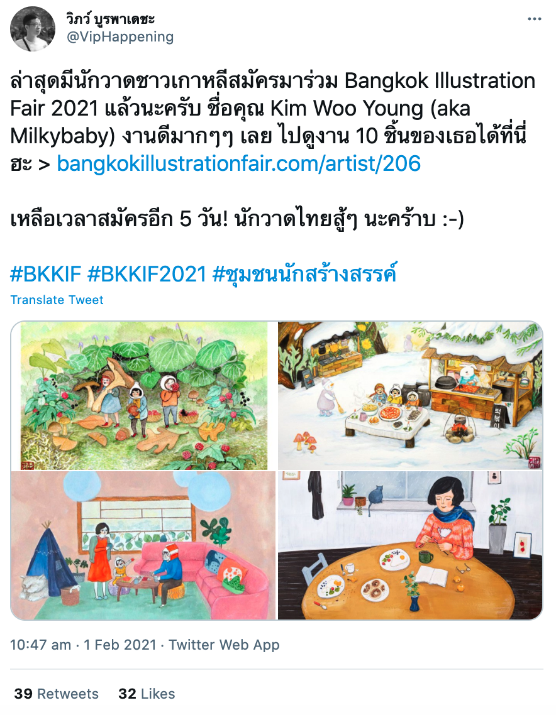
Source: Twitter

Source: Twitter
2. Changemakers working together
Of course, we’ve been collectively traumatised by the stress caused by lockdowns, social distancing and other health restrictions. However, it is this adversity and hardship that made 2020 a year that saw people spring into action, banding together to pursue the changes they wanted to see in society.
Twitter brought people together from all corners of the world, with #ClimateChange and #BushFires being some of the top hashtags in APAC last year as people passionate about the environment spoke up and encouraged others to join the cause.
On the political front, people also gathered to express their views and promote societal change. For instance, Twitter observed significant conversation volume around #KoreanElection2020 and #WhatIsHappeningInThailand. Moreover, although the #BlackLivesMatter movement originated from halfway across the world, people in APAC showed their support and commitment to raising awareness and having difficult conversations, making it one of the top hashtags in the region.
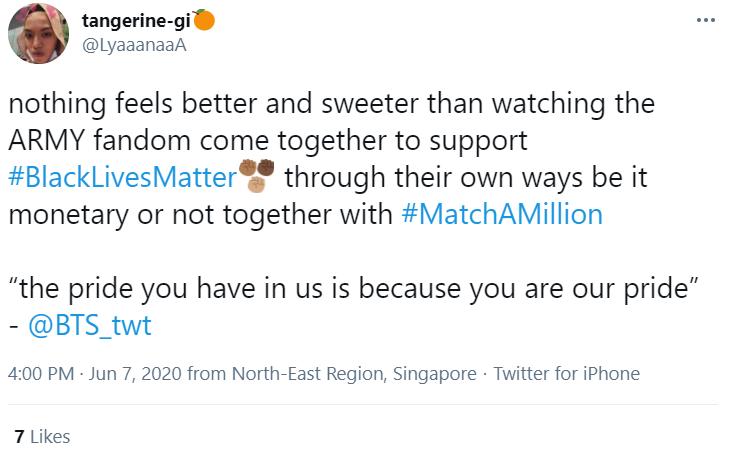
Source: Twitter
3. Gathering fans in a virtual stadium
After an extended hiatus, sporting events have returned to fields and stadiums around the world but without the roar of spectators. Instead, the fervour migrated to platforms like Twitter as fans showed up in droves to support their favourite teams. So, while the physical arenas may have been empty, the cheers were loud and clear online. Twitter saw a 59% increase in sports conversations from May to June 2020 alone in Asia Pacific.
Formula 1, for example, triggered notable excitement, with the first week of the championship seeing 1.9m Tweets worldwide in 2020 – more than double the volume in the same period the year before.
Meanwhile, in Southeast Asia, Liverpool fighting their way to the top of the Premier League championship saw a flurry of activity, with a peak of more than 170,000 Tweets in Malaysia, Indonesia, Singapore and Thailand on Liverpool’s game days as fans lamented losses and celebrated victories together.
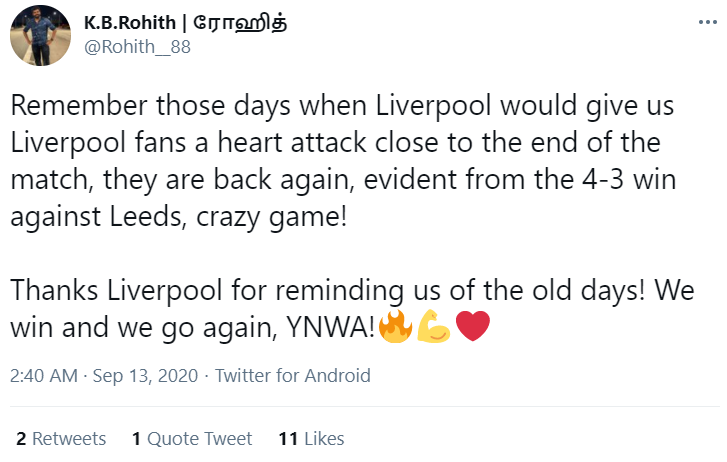
Source: Twitter
4. An arena for the gaming community
With the rise of esports, the gaming community has evolved from a niche subculture to all-out pop culture. When the pandemic closed doors, it was no surprise that gaming became a form of entertainment and escape, with Animal Crossing and Fortnite making it onto the list of the Most Tweeted About Games in 2020.
Research revealed:
- A 45% spike in APAC consumers playing mobile games at least once a day;
- Twitter recorded more than two billion gaming-related Tweets in 2020, with a 49% increase in unique authors; and
- 62% of gamers in APAC use Twitter constantly or multiple times a day.
Highly anticipated gaming shows continued online and The Future of Gaming on PS5 Event and the Xbox Games Showcase were some of the most talked about gaming events last year.
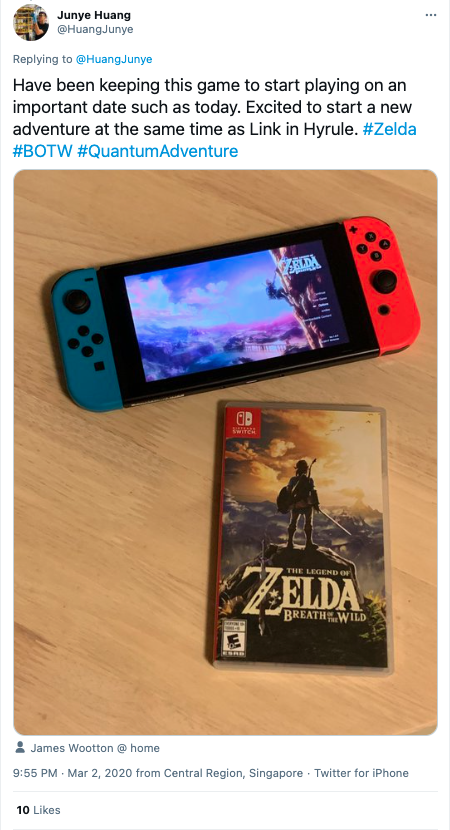
Source: Twitter
How to engage communities on Twitter?
As new groups and communities continue to establish themselves on the platform, brands too are exploring new forms of engagement although there are sensitivities to consider.
For instance, Gen Z has strength and influence in numbers. Many have internalised the mantra that ‘silence is violence’ and believe in speaking up on issues that matter to them. As they become more socially conscious, many of these younger consumers now prefer brands whose values and actions are aligned with their own and are looking for authenticity and genuine intentions.
It is more about actions than words, for example, brands enabling people’s voices to be heard by providing them with tangible ways to speak up.
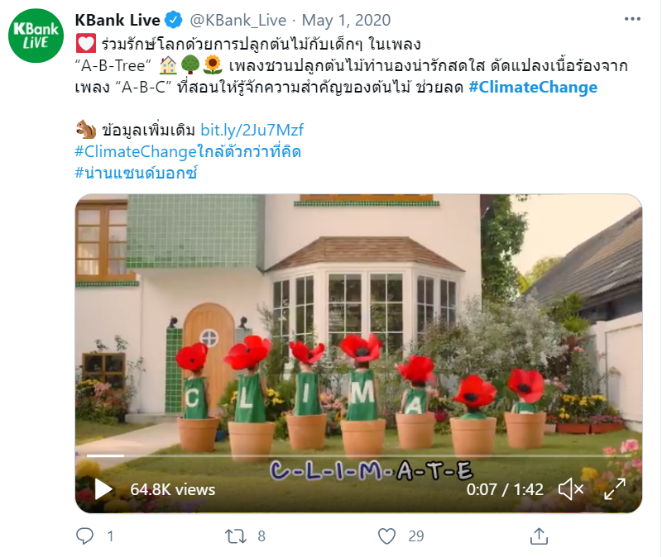
Source: Twitter
But it’s not just about the ‘heavy’ conversations. After a tiring year of doom and gloom, people are also clearly looking for a form of escapism.
For example, livestreaming – although not a new phenomenon – has become more mainstream as a way to celebrate rituals and provide a sense of connection following lockdowns and social distancing. So, brands can consider how to incorporate it into their own strategies even as IRL (in real life) events start up again.
Laughter is also a powerful tool, with relatable and light-hearted, yet sensitive, content performing well on Twitter over the past year. For example, in anticipation of football’s return, Bud Light cleverly crafted a creative Tweet with emojis. Knowing that many fans were eagerly awaiting the start of NFL again, Bud Light effectively assimilated into the conversation with a relatable Tweet while, at the same time, strengthening brand association and recognition with the use of beer emojis.

Source: Twitter
In the aftermath of worldwide isolation and reflection, we have changed. Twitter is essentially the world’s stream of consciousness, so if the voices on our platform are shaped by what’s happened, so too are we.
We grow the most in the face of adversity and we believe Twitter is no different. The conversations on Twitter are messy and complex, intense and inspiring, hilarious and ridiculous, weird and ugly, shocking and beautiful, disturbing and moving. They’re raw and they’re real. And they help anchor us and show we’re not alone, both online and IRL.

